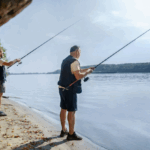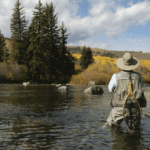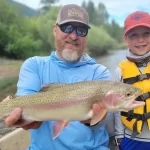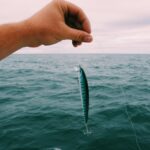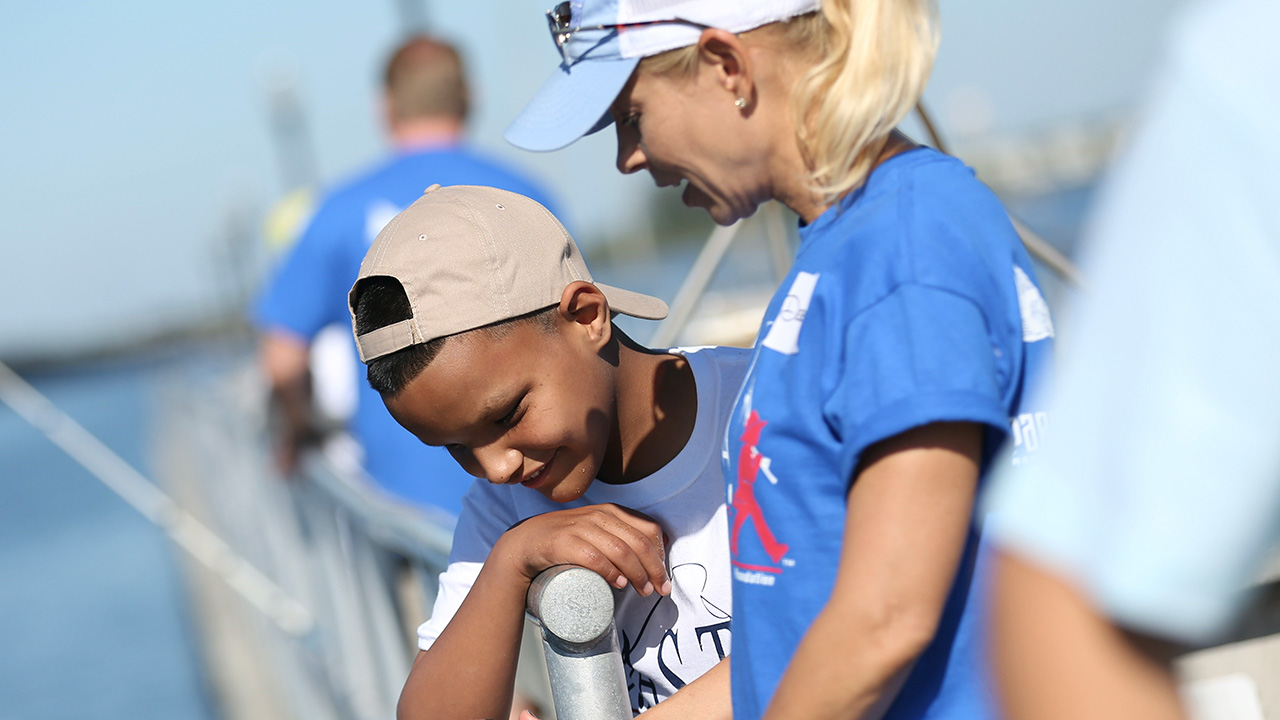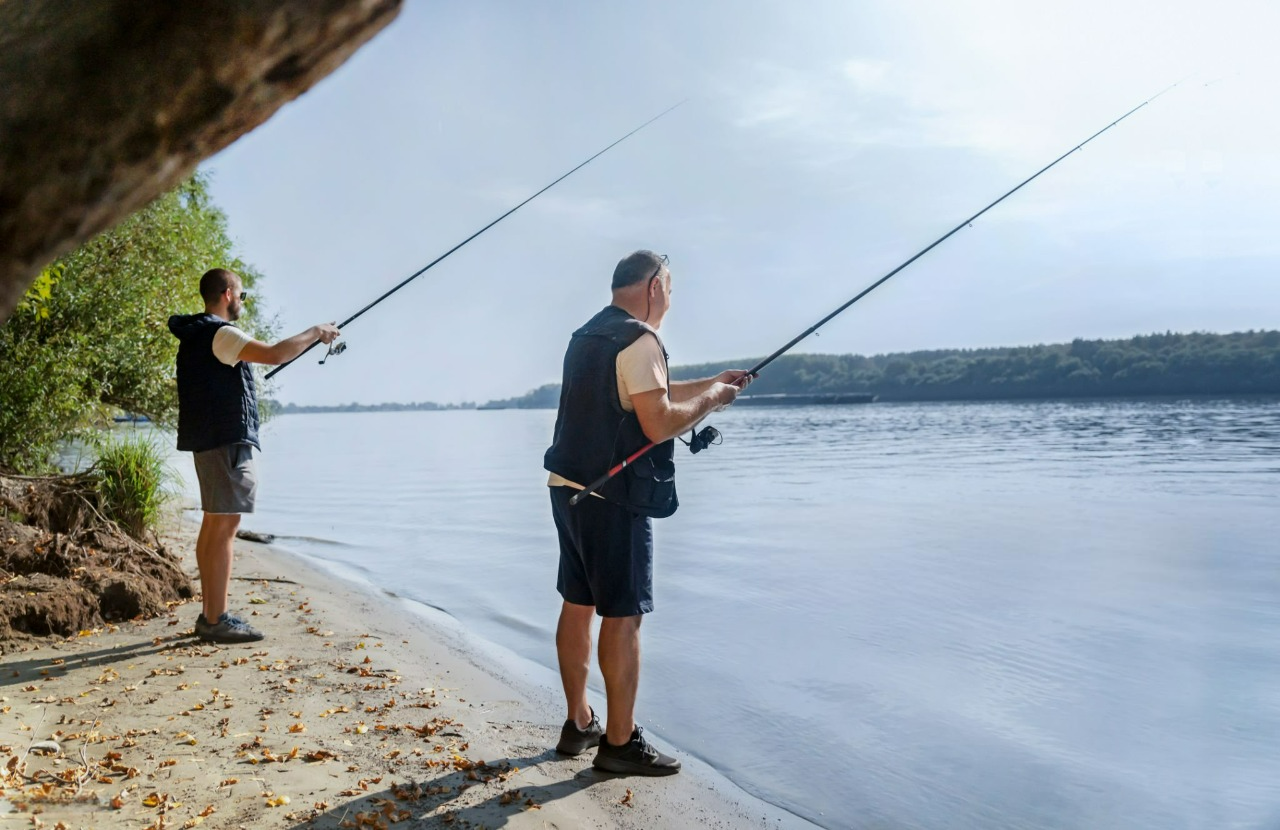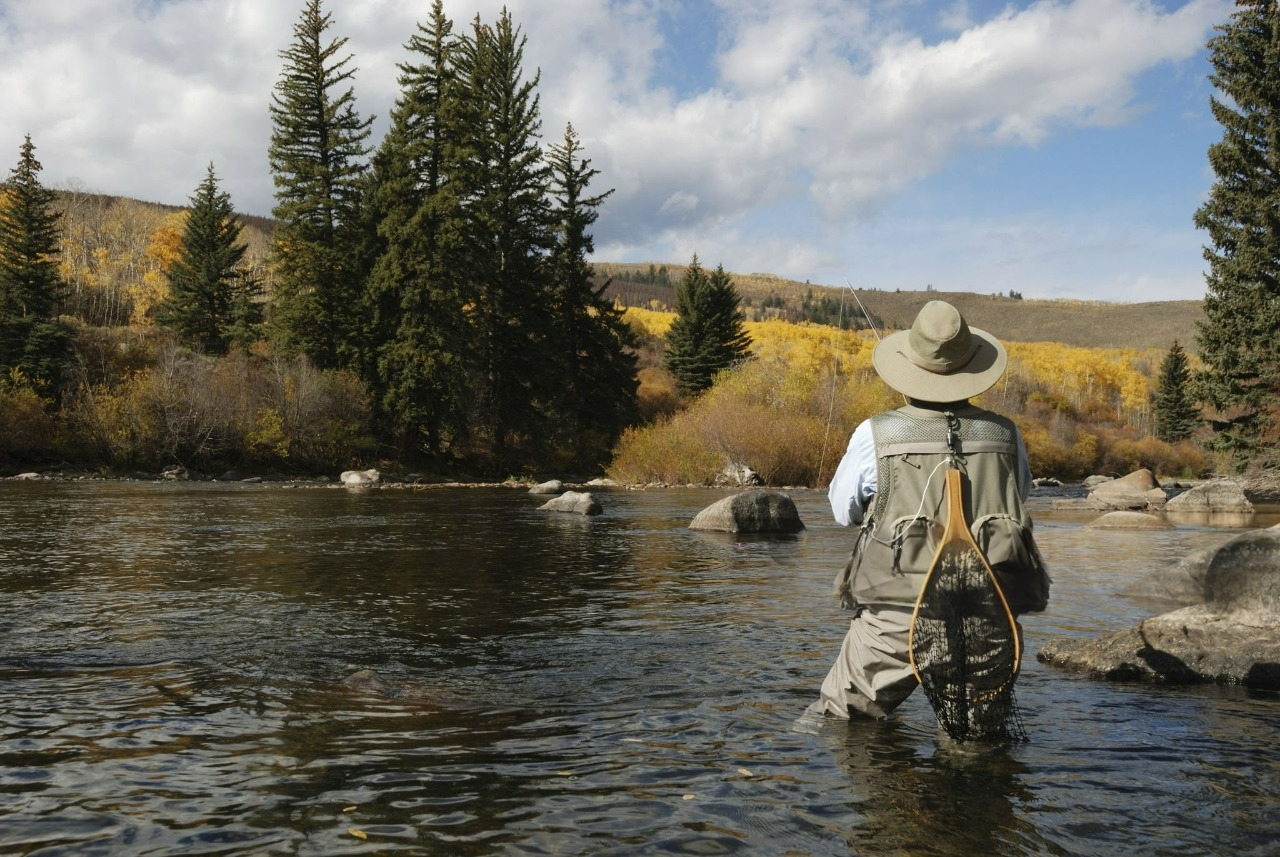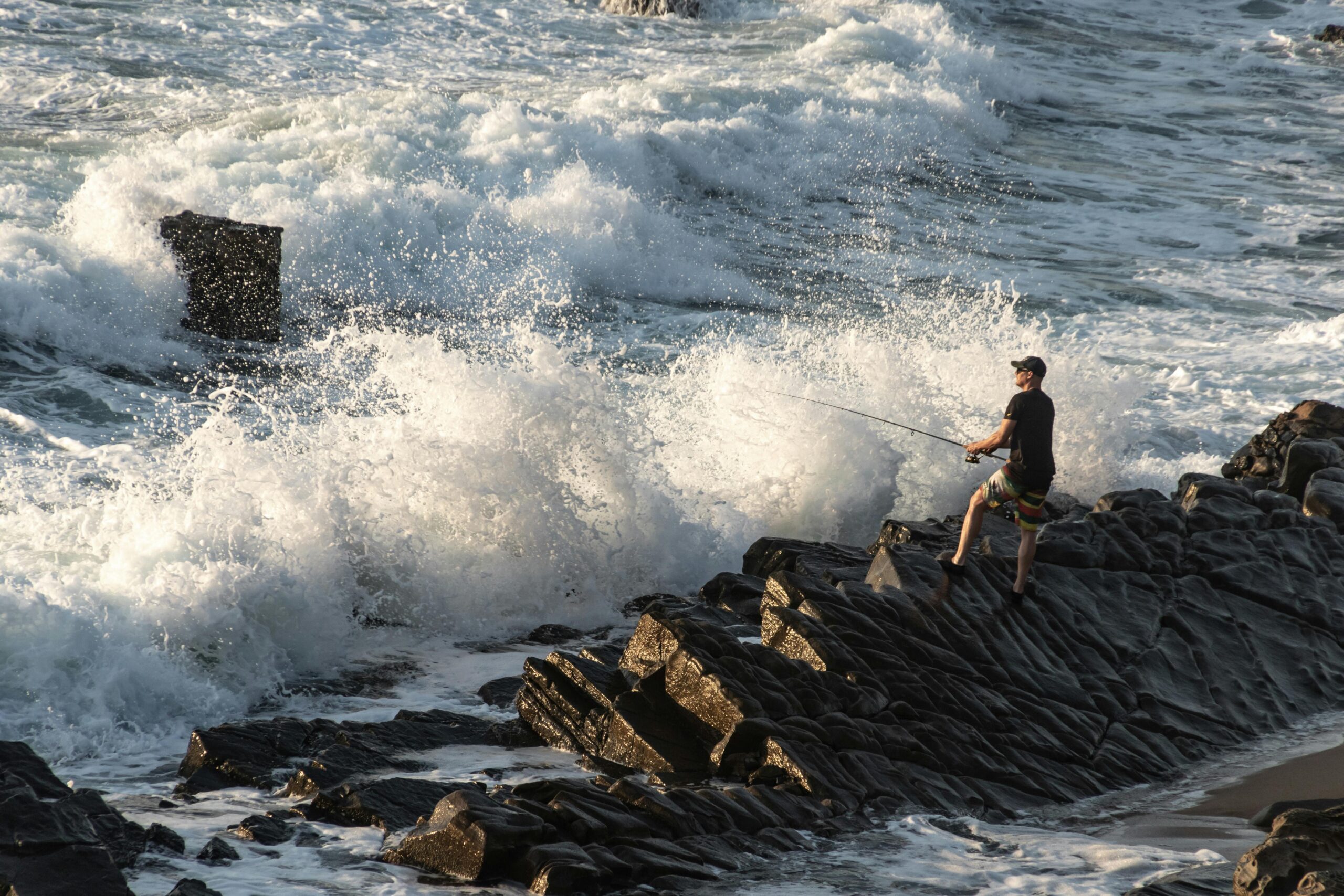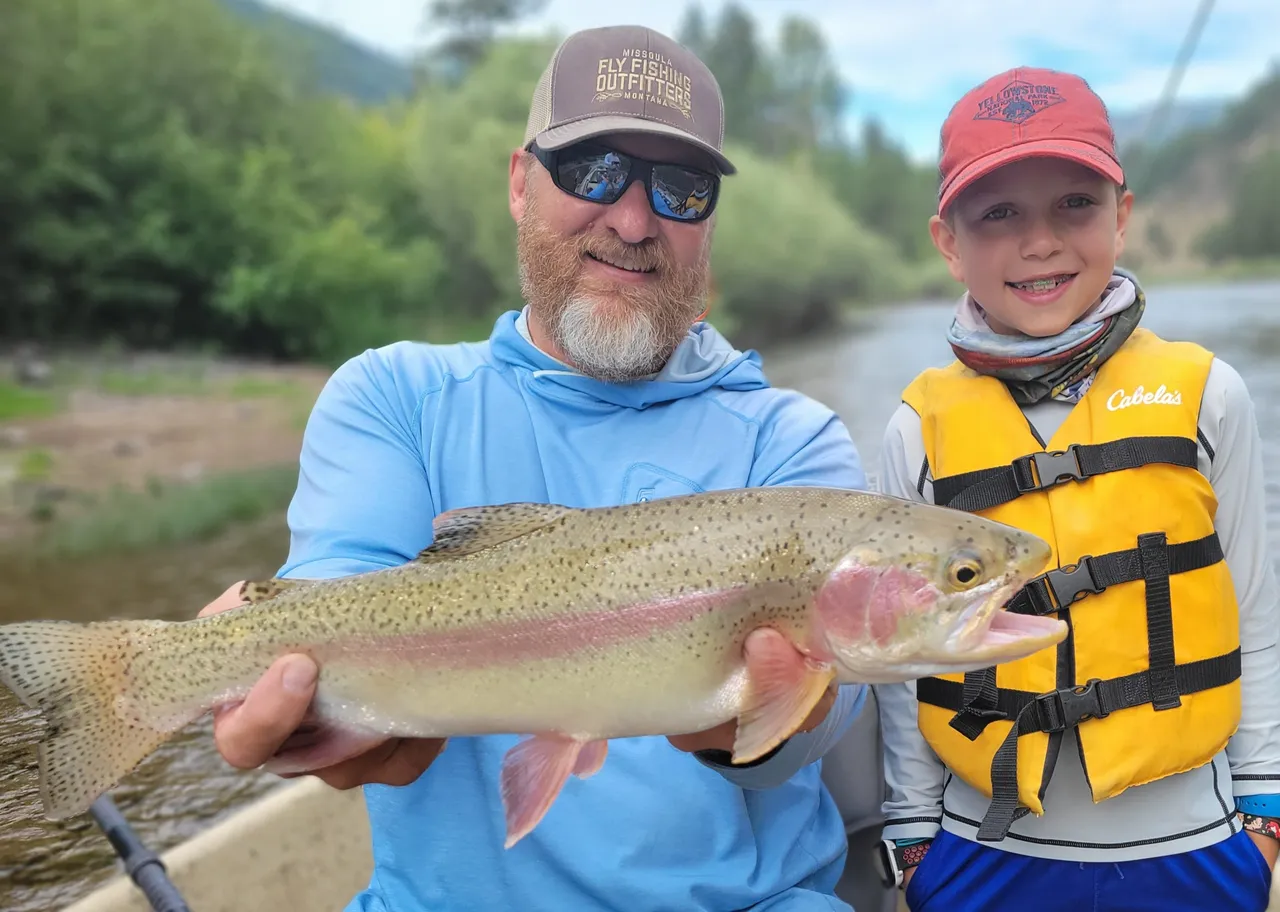Fishing is more than just a pastime; it’s an opportunity to bond with your children, teach them patience, and introduce them to the joys of nature. Whether you’re an experienced angler or a beginner yourself, teaching your kids to fish can be a rewarding experience that fosters a love for the outdoors, builds lifelong skills, and creates memories that last a lifetime. In this guide, we’ll walk you through the essential steps to successfully teach your children how to fish, all while keeping the experience fun and educational.
Why Teaching Kids to Fish is Important
Before diving into the how-to, it’s important to understand the value of teaching your children how to fish. Here are a few key reasons why fishing is a fantastic activity for kids:
- Patience and Focus: Fishing requires patience, as it can take time for fish to bite. This is a valuable lesson in perseverance and focus, teaching children the importance of waiting for something rewarding.
- Learning About Nature: Fishing allows children to connect with nature and learn about the local ecosystem. It’s an opportunity to teach them about fish species, aquatic life, and the importance of environmental conservation.
- Life Skills: Fishing teaches children practical skills such as knot-tying, casting, and problem-solving. They also gain confidence as they master new challenges and eventually catch their first fish.
- Family Bonding: Fishing is a great family activity that fosters communication, teamwork, and shared experiences. It’s an opportunity for kids to bond with parents and siblings while enjoying the great outdoors.
Step-by-Step Guide: How to Teach Your Kids to Fish
1. Choose the Right Fishing Spot
The first step in teaching your kids how to fish is choosing the right location. For beginners, look for a spot that’s easily accessible and where fish are abundant. Here are some ideal locations for kids:
- Lakes or Ponds: Calm waters with shallow areas are ideal for beginners, where fish like bass, bluegill, and trout are easy to find.
- Fishing Piers or Docks: These spots provide easy access to the water and usually offer a variety of fish.
- Stocked Fishing Areas: Many local parks and fisheries offer stocked ponds or lakes specifically designed for beginner anglers.
Make sure to choose a location with safe conditions for your child, where they can sit or stand comfortably and easily cast their line.
2. Select the Right Fishing Gear
The gear you choose for your child can significantly impact their experience. For young kids or beginners, here are some gear recommendations:
- Fishing Rod: Look for a lightweight, shorter rod designed for children. These rods are easier for kids to handle and control. A 3-5 foot spinning rod is usually a good choice for younger children.
- Reel: A simple, easy-to-use spinning reel is best for kids. Spinning reels are more forgiving and less likely to tangle than other types of reels.
- Fishing Line: A monofilament line with a test strength of around 4-8 pounds is a good starting point for beginners. It’s durable yet easy to manage.
- Hooks and Bait: Start with small hooks (size 8-10) and use live bait like worms, minnows, or crickets. You can also use artificial lures, such as small spinners or soft plastics, but live bait often works best for beginners.
- Safety Gear: Don’t forget to equip your child with a life jacket for safety, especially if you’re fishing from a boat or near deep water.
3. Teach the Basics of Casting
Casting is one of the most important skills in fishing, and it’s often the first skill children need to learn. Here’s how to break it down:
- Hold the Rod Properly: Show your child how to grip the rod with their dominant hand near the reel and their non-dominant hand at the base of the rod. Ensure they have a firm but relaxed grip.
- Demonstrate the Cast: Start by demonstrating the cast. Hold the rod up, pull it back over the shoulder, and then flick it forward, releasing the line with a smooth motion. Keep the motion fluid and natural.
- Let Them Try: Once they’ve seen you cast, give your child a chance to try. It may take a few attempts, but with practice, they’ll get the hang of it.
Start by practicing casting in a calm, open area (away from trees or obstacles) so they don’t get frustrated with tangling lines. If you’re fishing from a dock or pier, the open water will make casting easier and more fun.
4. Explain How to Catch and Reel In a Fish
Once the child has successfully cast their line, it’s time to teach them how to reel in a fish:
- Wait for a Bite: Explain to your child that they need to be patient and wait for a fish to bite. A bite usually feels like a tug or a pull on the line.
- Set the Hook: When the fish bites, show your child how to set the hook by quickly jerking the rod upward (this is called “hook setting”). This helps secure the hook in the fish’s mouth.
- Reel It In: After setting the hook, instruct your child to reel in the line steadily. Keep the rod at a slight angle to maintain tension, and encourage them to take their time—this isn’t a race!
If the fish is particularly large, guide them through the process of reeling it in slowly, keeping the line taut but not overstressed.
5. Handle and Release the Fish
One of the most important lessons in fishing is respecting the fish. Teach your child how to handle fish gently:
- Use Wet Hands: Before touching the fish, wet your hands to protect its skin and scales.
- Remove the Hook Safely: If you’re using barbed hooks, make sure to remove them carefully using pliers or a hook remover tool. For smaller fish, you may not need pliers, but always be gentle.
- Release the Fish: If you’re practicing catch-and-release, explain to your child why it’s important to return fish to the water to keep the ecosystem healthy. Show them how to hold the fish properly by supporting its body, and gently place it back in the water.
6. Make the Experience Fun and Educational
Remember that fishing is about more than just catching fish. It’s about making the experience fun and memorable for your child:
- Teach Them About Nature: Point out other wildlife, such as birds, insects, and plants. Teach your child how to identify different species and discuss the importance of preserving the environment.
- Celebrate the Small Victories: Even if your child doesn’t catch a fish, celebrate their effort. Fishing is about learning, patience, and spending time together.
- Games and Challenges: If they get bored, make fishing fun by turning it into a game. For example, you can challenge them to catch a certain type of fish or see who can cast the furthest.
- Bring Snacks and Comfort: Keep your child comfortable and happy by bringing their favorite snacks, a comfortable chair, and plenty of water. Happy kids are more likely to enjoy the experience and stay engaged longer.
Conclusion: Fishing as a Lifelong Skill
Teaching your kids to fish is more than just an afternoon activity—it’s an investment in their future. Through fishing, they’ll learn patience, responsibility, and a deep appreciation for nature. Whether you’re out on a lake, river, or dock, fishing provides countless opportunities for family bonding, learning, and fun.
So, pack up your gear, find a great spot, and spend some quality time introducing your kids to the peaceful and rewarding world of fishing. You might just find that they love it as much as you do!

